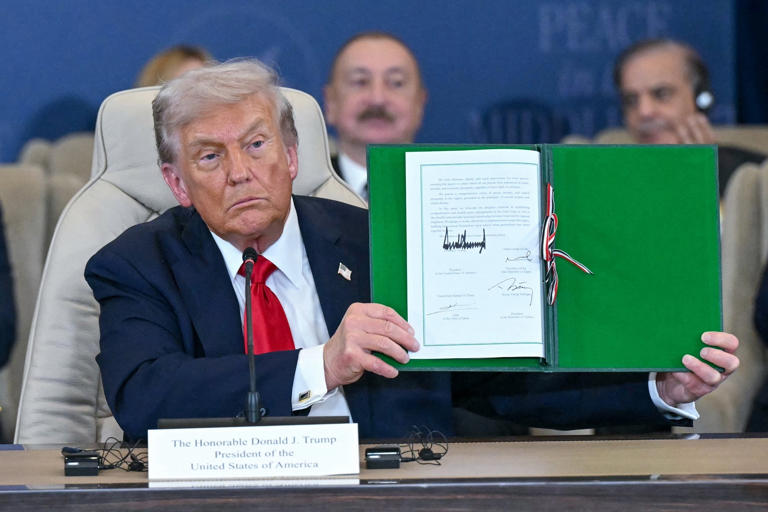Learning about true leadership from role models
Former Post editor-in-chief teaches lessons past her career
April 13, 2022
This week, I wrote a paper for my Leadership Seminar class about Katharine Graham, former head of The Washington Post.
Graham was the first female publisher at the Post, the first female CEO of a Fortune 500 company, the author of a Pulitzer Prize-winning memoir and the one who pulled the trigger on publishing the Pentagon Papers and reporting on the Watergate Scandal, two of the 20th century’s biggest stories.
Since I wrote this paper, I’ve been reflecting on Graham’s life and contemplating how I can apply lessons she exemplified into my life and career as a journalist.
In a lot of ways, I relate to Graham. I chose to pursue journalism because I see myself in her. I see myself writing about what needs to be written about, and I see myself and my writing as catalysts for change.
But I also see myself in Graham before she was this pivotal figure in the journalism field. In her memoir, Graham writes that she often felt overshadowed – that she often catered to the needs of others and played a submissive role until she was thrust into a leadership role she never knew she would be capable of holding after her husband’s untimely death.
I’ve been contemplating that aspect of leadership the last few days. Sometimes we don’t know how much power we hold until we are put in a position where we can execute it.
One can only be a great leader if given the opportunity.
I’ve been both Katharine Grahams – submissive, meek and quiet, and veracious, brave and outspoken. I’ve done what other people want me to do and what nobody wants me to do.
In the journey from the former Katharine Graham to the latter, I realized just how much power I have. And more importantly, I learned how to wield it.
I learned that with passion must come deliberation, and with bravery must come prudence and with outspokenness must come a pause.
I’ve learned to champion causes that are important to me in the ways that are the most impactful.
And like Katharine Graham, I’ve learned that the right decision is not always the easiest.
When Katharine Graham authorized The Washington Post to report on Watergate, she received legal threats from then-President Richard Nixon.
Her decision to report on Watergate was not the easy option. But it changed the United States, and the course of journalism, in profound ways.
How did she do it?
Katharine Graham writes in her memoir that “What I essentially did was to put one foot in front of the other, shut my eyes and step off the edge.”
I think as leaders, sometimes we have to do the same thing. Sometimes it takes someone stepping off the edge for people to listen.
Great leadership is not found within the status quo. It is not found in the echoes of should and should nots.
Rather, leadership is found in the must and must nots.
ANNA MALESIEWSKI





